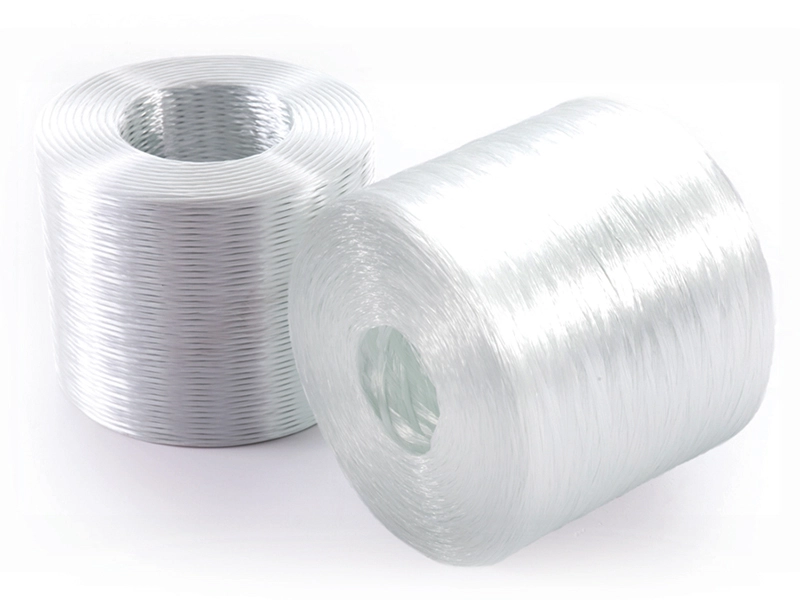
Ready to experience high-quality products at a price that works for you? Contact us for a quote today!
310S Direct Roving is produced by using E6 glass formulation and coated with a silane-based sizing. It is specially designed for the reinforcement of epoxy resins and suitable for internal or
external unwinding in filament winding processes.
The articles of epoxy resin reinforced with 310S possess excellent mechanical and electrical properties, and can be used to produce hollow insulation bushings, insulation rods and ultrahigh voltage composite insulators for power generation, transmission and distribution applications.
Product Features
- Suitable for high-speed and high-tension winding
- Suitable for external unwinding
- Excellent electrical properties and mechanical properties
- Excellent chemical corrosion resistance
Specification
| Glasstype | E6 | ||
| Sizingtype | Silane | ||
| Typicalfilamentdiameter(μm) | 15 | 17 | 24 |
| Typicallineardensity(tex) | 1100 | 735 1200 | 2400 |
| Example | E6DR17-1200-310S | ||
Technical Parameters
| Item | Linear density variation | Moisture content | Sizing content | Breakage strength |
| Unit | % | % | % | N/tex |
| Test menthod | ISO1889 | ISO3344 | ISO1887 | ISO 3341 |
| Standard range | ±4 | ≤0.07 | 0.55±0.15 | ≥0.40 |
Mechanical Properties
| Mechanical properties | Unit | Value | Resir | Test menthod |
| Tensile strengtt | MPa (Ksi) | 2450 | Amine/DER331 | ASTM D2343 |
| Tensile modulus | GPa (Msi | 81.76 | Amine/DER331 | ASTM D2343 |
| Shear strength | MPa (Ksi) | 70.0 | Amine/DER331 | ASTM D2344 |
| Strength retention(72 hr boiling) | % | >95 | Amine/DER331 | / |
Instructions
- The product is best used within 12 months after production, and should be kept in the original package before use.
- Care should be taken when using the product to prevent it from being scratched or damaged.
Packaging
For detailed package size information, please download the product manual to view!
Storage
Unless otherwise specified, the fiberglass products should be stored in a dry,cool and moisture-proof area.The best temperature and humidity should be maintained at -10℃~35℃ and ≤80% respectively. To ensure safety and avoid damage to the product, the pallets should be stacked not more than three layers high. When the pallets are stacked in two or three layers, special care should be taken to correctly and smoothly move the upper pallet.